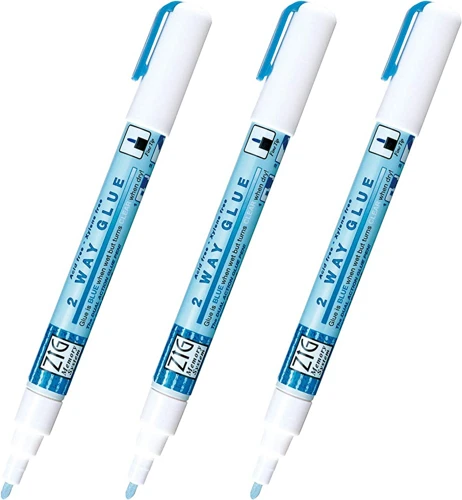When it comes to DIY projects and repairs, finding the right adhesive can make all the difference. Specifically, creating a homemade waterproof glue can be a game-changer for both indoor and outdoor applications. This blog post aims to guide you through the process of making your own waterproof adhesive that holds strong against the elements.
Understanding Waterproof Adhesives
The quest for how to make waterproof glue begins with understanding the chemistry behind adhesion and water resistance. Waterproof glues are designed to maintain their bonding power even when exposed to water or humidity, making them ideal for a wide range of uses. Crafting such an adhesive at home requires careful selection of ingredients and a precise method.
Is Cornstarch Glue Waterproof?
Commonly, DIY enthusiasts ask “is cornstarch glue waterproof?” The answer is no; traditional cornstarch glue lacks the properties to resist water. However, by modifying the recipe and adding certain ingredients, it’s possible to enhance its water resistance.
Materials Needed
Before diving into the process, gather all the necessary materials to ensure a smooth and successful creation of your homemade waterproof adhesive.
Choosing the Right Ingredients
Selecting suitable components is crucial for the performance of your DIY glue. For waterproof properties, consider using natural or synthetic resins, hardeners, and other additives that can withstand moisture.
Step-by-Step Guide on How to Make Waterproof Glue
With the right materials at hand, you’re ready to embark on the journey of crafting your own waterproof adhesive. Follow this detailed guide to make a reliable homemade waterproof glue.
Preparing the Ingredients
- Gather all the materials and measure them according to the recipe.
- Ensure a clean working surface and tools to prevent contamination.
Mixing the Components
- Begin by combining the dry ingredients in a heat-resistant bowl.
- Add the liquid components and mix thoroughly to achieve a uniform consistency.
- Heat the mixture gently if necessary, stirring continuously to avoid clumps.
Testing the Adhesive
Before using your glue on valuable items, conduct a test on a scrap material to ensure it cures properly and provides the desired water resistance.
Application Tips for Homemade Waterproof Glue
Applying your homemade glue correctly is essential for optimal performance. Here are some tips to help you get the most out of your DIY adhesive:
- Apply the glue to clean, dry surfaces for the best adhesion.
- Clamp or press the bonded items together until the glue cures completely.
Troubleshooting Common Issues
Occasionally, you may encounter problems with your homemade waterproof glue. Here are some common issues and solutions to help you resolve them:
- If the glue is too thick, add a small amount of water or another solvent to adjust the consistency.
- Should the glue not set properly, check the ingredient ratios and environmental conditions like temperature and humidity.
When it comes to crafting and DIY projects, having the right adhesive can make all the difference. If you’re looking to make your own waterproof glue for a variety of applications, our guide on how to make waterproof body glue will provide you with the steps you need to create a reliable and durable bond. Should you run into any messes or spills during your creative process, our article on how to clean glue can help you tackle those sticky situations. And for those projects that require an extra strong hold, especially when working with plastic materials, don’t miss our tips on how to make strong glue for plastic. With these resources, you’ll be well-equipped to handle all your adhesive needs.
Final Notes and Storage Advice
Once you’ve mastered the art of making homemade waterproof glue, it’s important to store it correctly for future use. Keep the adhesive in an airtight container away from extreme temperatures to preserve its properties. With these insights and tips, you’re now equipped to create a strong, reliable waterproof glue for all your DIY needs.


